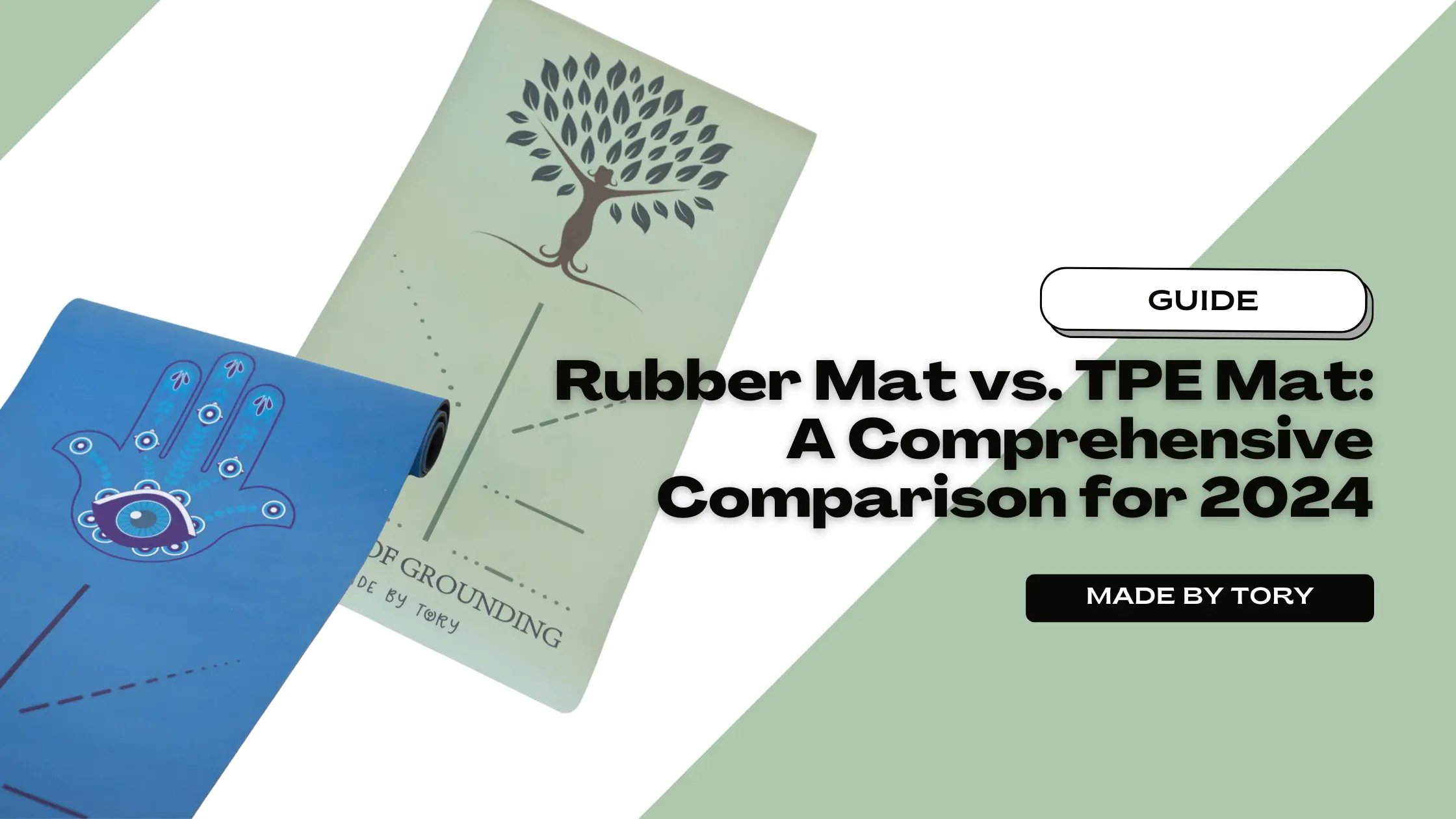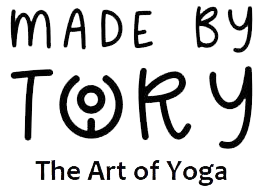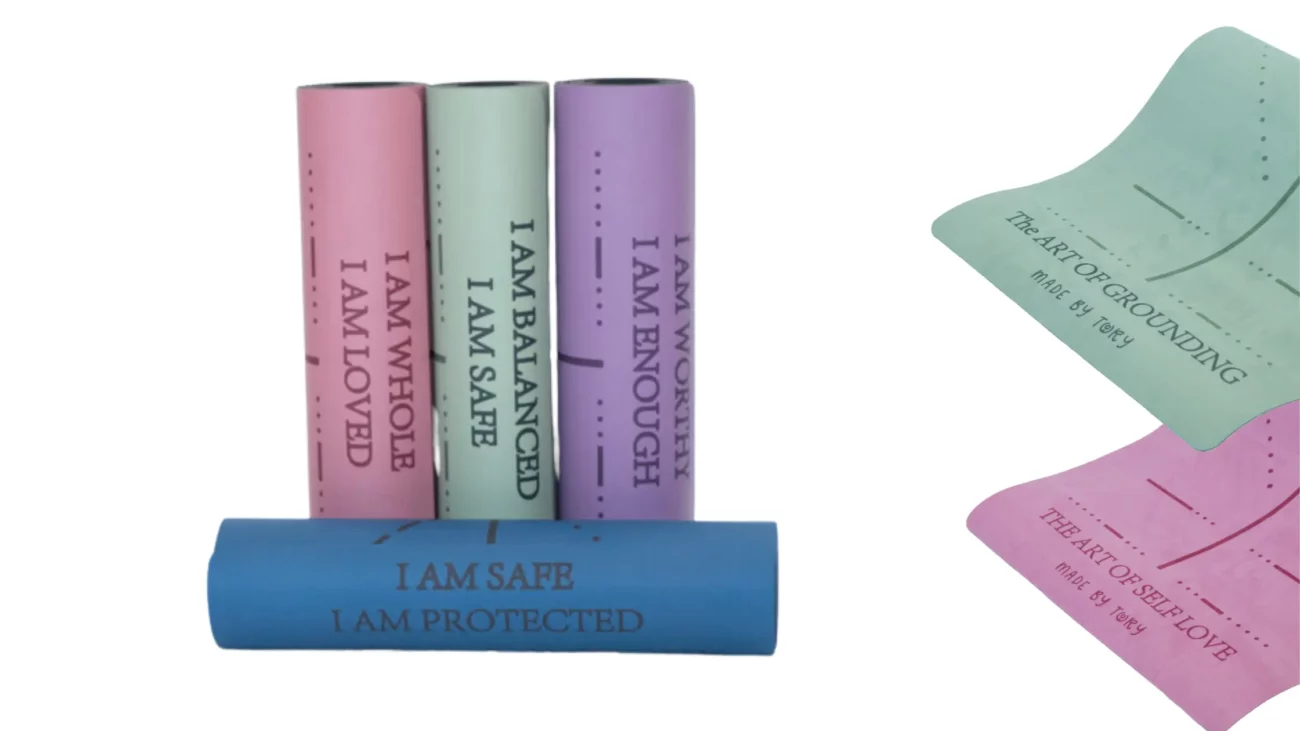Rubber Mat vs. TPE Mat: A Comprehensive Comparison for 2024

With the ongoing fitness needs and demands, everyone is seeking the best way to keep their body in balance and prevent physical illness. Yes, some aches are inevitable, but we can always improve them through a simple yoga practice.
So, if you are one of them trying to set up your routine with yoga so you can be better and healthier, you need the right yoga mat, too. If you have tried a few and are unsatisfied, that is probably because you don’t know about the materials of yoga mats.
Some of the most famous and known materials are natural rubber and TPE for the best yoga poses. Trying to understand the materials of a yoga mat is a valid concern on your part. They are your safety gauges and also impact your overall health, both your body and your mind.
In this article, we will help you compare Rubber Mats and TPE Mats to determine which one you need.
What are the Rubber Mats?
Rubber mats, made from natural or synthetic rubber, are highly elastic and durable. They are appropriate for playgrounds, gyms, and warehouses.
Rubber mats, particularly PU (polyurethane) rubber mats, are preferred by fitness experts due to their non-slip surfaces and appealing appearance, as well as their great resilience to wear and tear, chemical exposure, and harsh environments.
What are TPE Mats?
TPE mats are produced from a combination of plastic and rubber. Mats of this material are lightweight, flexible, and affordable. Despite having certain elastic capabilities, they are not as durable as rubber mats and may not be appropriate for high-impact activities such as weightlifting.
TPE mats, as compared to rubber mats, are softer and more pleasant, making them perfect for usage in environments where people must stand for longer times, such as kitchens, hospitals, and factories.
Rubber vs. TPE Mats
It is essential to understand that rubber and TPE mats have advantages and disadvantages. Rubber mats provide superior durability and resistance, whereas TPE mats are lighter and less expensive. When choosing between these two solutions, think about your personal requirements and intended purpose.
Overall, both rubber and TPE mats have a position in the market and are expected to remain popular in the coming years.
-
Rubber Mat Pros and Cons
Rubber yoga mats are likely the most environmentally friendly options available. They are made in a sustainable manner using natural rubber sourced from renewable rubber trees. Rubber yoga mats also do not contain any extra components like EVA or synthetic rubber.
Rubber yoga mats are undoubtedly one of the most popular choices for yoga practice. With Made by Tory’s Suede Rubber Yoga mat, you can perform any of the yoga poses for your daily routine.
Pros
- Excellent grip – The rubber material is sticky and slip-resistant. As a result, this roughness helps the mat stay firmly in place on any surface. So, if you’re looking to start high-intensity yoga, this could be the ideal option for you.
- Great Stability—The stiffness of the rubber yoga mat is another benefit. In yoga poses, where you need more balance in your body, it helps you firmly balance your hands or feet without falling.
- Eco-friendly Option—Many rubber mats are also environmentally friendly, as they are made from natural tree rubber. So, they are a feasible choice for those looking for a sustainable option.
- Durable and Long-Lasting – High-quality rubber mats can become your yoga partner for longer times. They stay long and keep your pockets happy, too.
- Good for hot yoga – Natural Rubber is also a good absorbent therefore it helps you absorb the sweat regardless of the level of hot yoga and keeps you dry.
Cons
- Rubber tends to be heavier and more expensive than other materials, making it difficult to transport vast distances. So, if you intend to go hiking, a hemp or light cork mat may be the ideal alternative.
- In addition, if you are allergic to latex, some rubber yoga mats may cause an allergic reaction.
-
TPE mats Pros and Cons
TPE, or thermoplastic, is yet another trendy alternative material for yoga mats. This material possesses both thermoplastic and elastomeric characteristics, essentially giving you the best of both worlds.
Due to their thermoplastic qualities, these mats are recyclable, strong, bendable, shrink-resistant, lightweight, impact-resistant, and chemically resistant. In contrast, elastomeric qualities make these mats flexible, heat resistant, and long-lasting.
If you purchase Made by Tory Suede TPE yoga mat, you can perform hatha. Yin, vinyasa, restorative yoga poses on it.
Pros of TPE Yoga Mats
- Recyclable – TPE mats are recyclable because they are thermoplastic.
- Durable – TPE mats are extremely resilient and long-lasting.
- Good Grip – The TPE mats, with their rubber mix, provide good grip and cushioning.
- Affordable – In comparison to other eco-friendly materials, this material is quite inexpensive.
- Easy to Carry: These mats are lightweight and portable, making them ideal for travel. Also, due to the material’s elasticity, these mats are extremely easy to fold so you can adjust them in your bags easily.
- Odorless – These mats are odorless and gentle on your skin.
Cons of TPE Yoga Mats
- A big downside is that TPE yoga mats do not absorb or retain moisture; it does make cleaning easy, but the moisture that adheres to the body might increase the likelihood of slipping and minimize friction.
- This material is also photosensitive, so avoid exercising outside with TPE mats and keep it away from direct sunlight. Sunlight can greatly reduce the quality.
Bottom Line
Hopefully, you will get an idea of both materials. If you are looking for any of them and want them to be of the highest quality, Made by Tory has the best materials. Our mats of the art of protection are available in both suede rubber and TPE suede material.
This will add to its qualities, such as softness, and help you perform your yoga poses without any hurdles. So, purchase now for the best experience.

